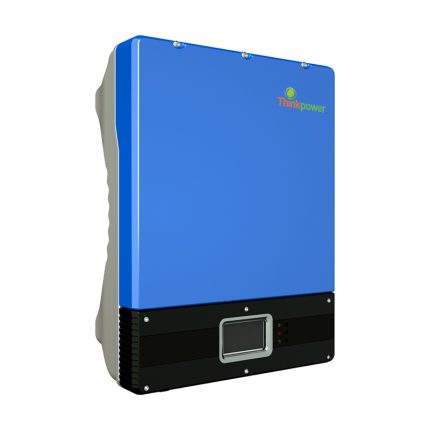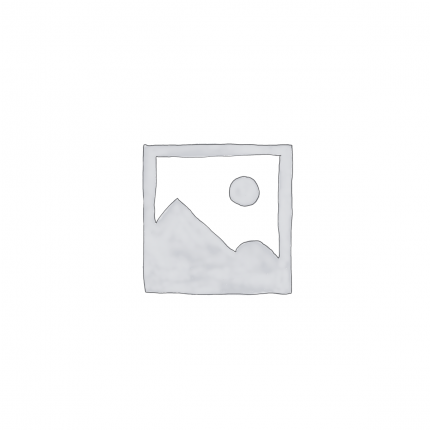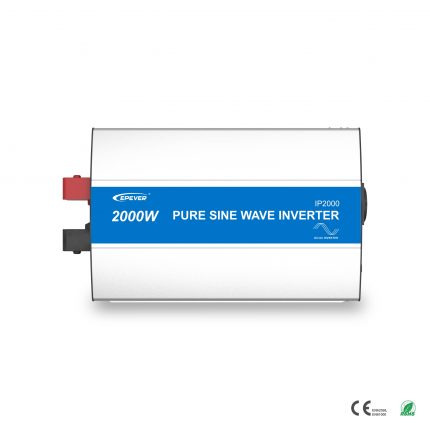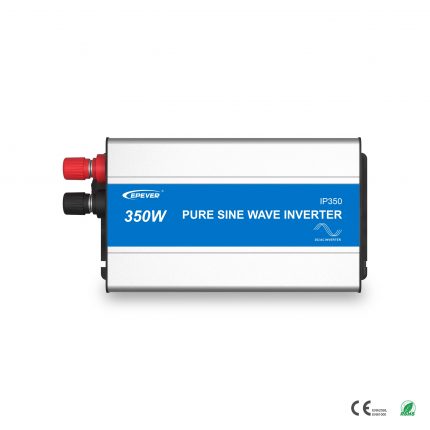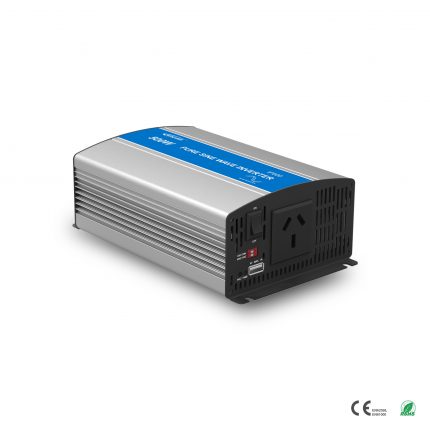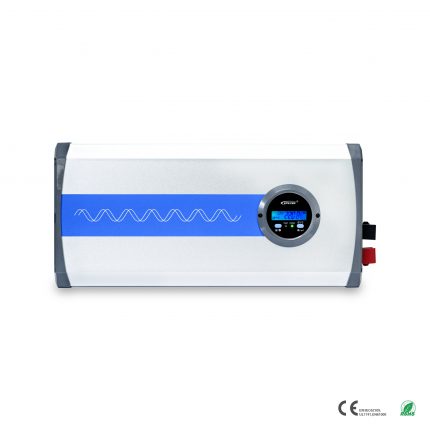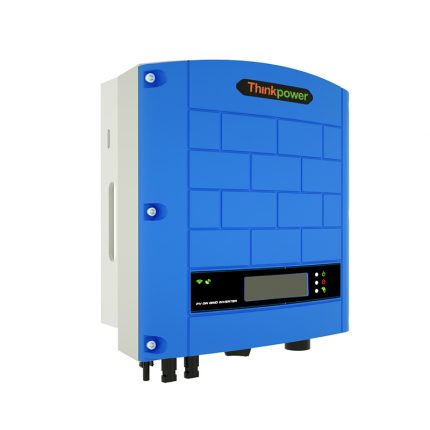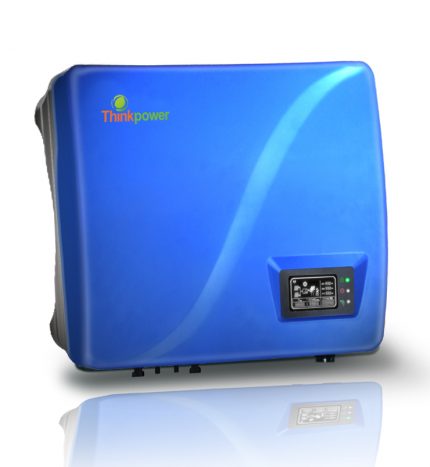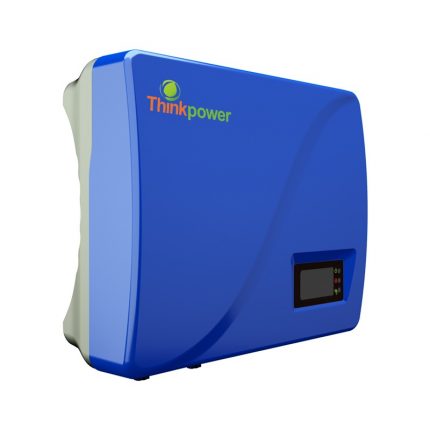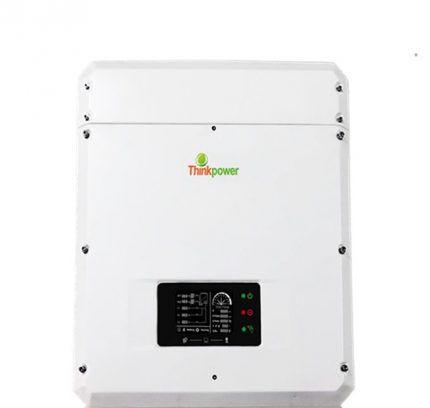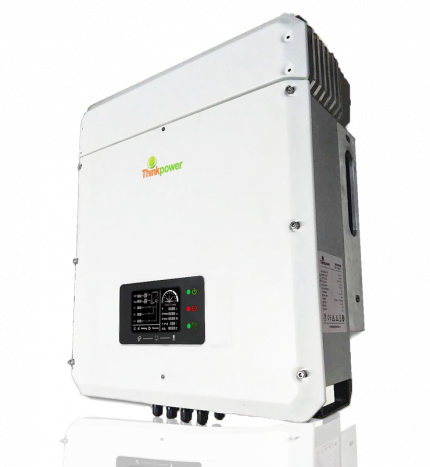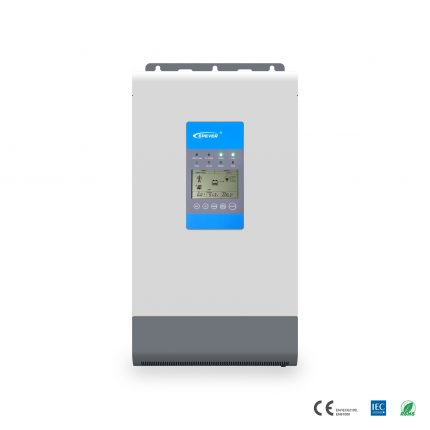INVERTER
In the realm of renewable energy, solar power stands out as a promising source of clean and sustainable electricity. At the heart of solar energy systems lies the inverter—a crucial component that facilitates the conversion of solar-generated direct current (DC) into usable alternating current (AC). Let’s delve deeper into the workings and significance of this transformative device.
Understanding the Solar Inverter:
A solar inverter, also known as a PV (Photovoltaic) inverter, serves as an electrical converter in solar power systems. Its primary function is to convert the variable DC output generated by photovoltaic solar panels into a utility frequency AC that can be utilized by both commercial electrical grids and off-grid networks. This conversion process ensures compatibility with existing electrical infrastructure and enables seamless integration of solar energy into the power grid.
Working Principle:
The process of DC to AC conversion involves several stages within the inverter. Initially, the DC power generated by solar panels undergoes a series of conditioning processes, including voltage regulation and waveform shaping, to ensure stability and compatibility with AC systems. Subsequently, the inverter employs advanced power electronics and control algorithms to transform the DC input into a sinusoidal AC output at the desired voltage and frequency.

